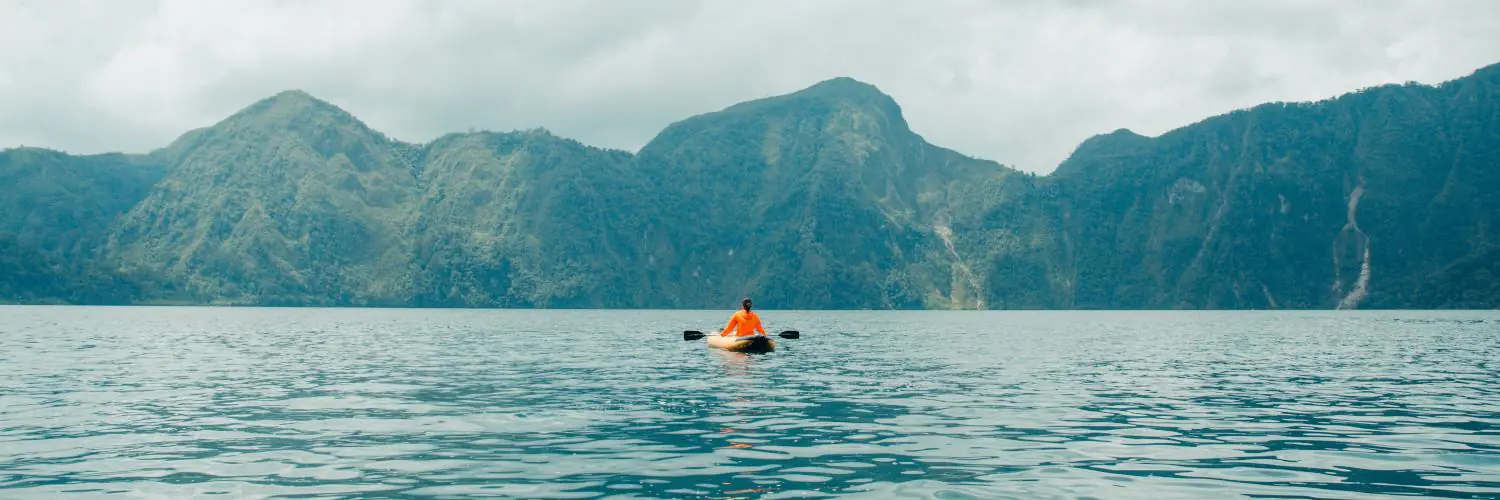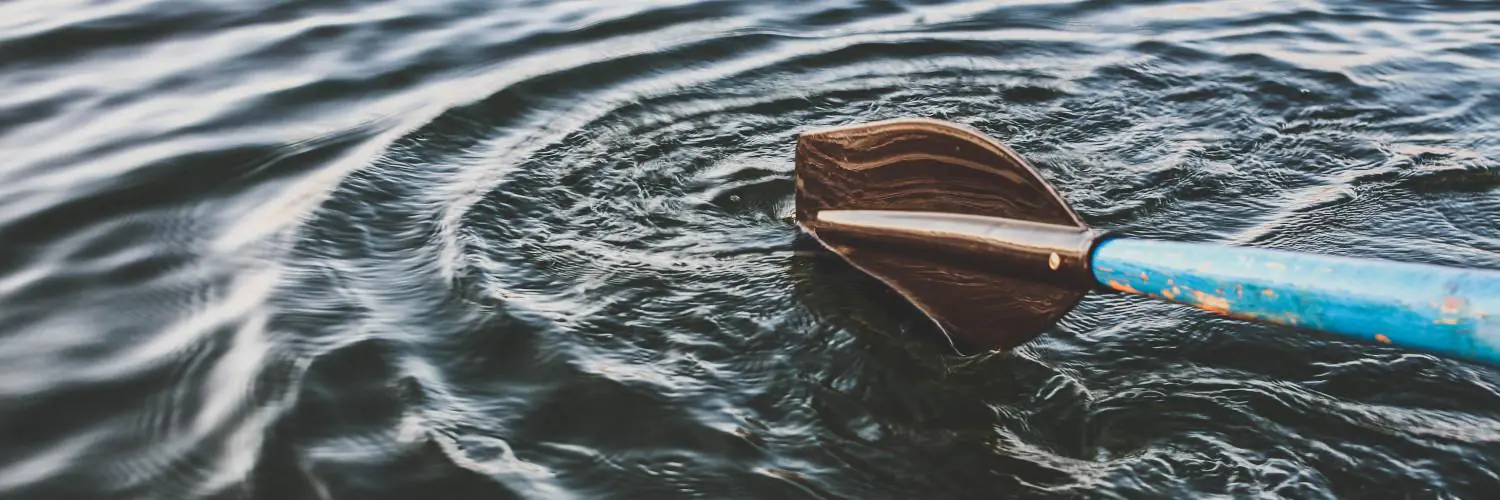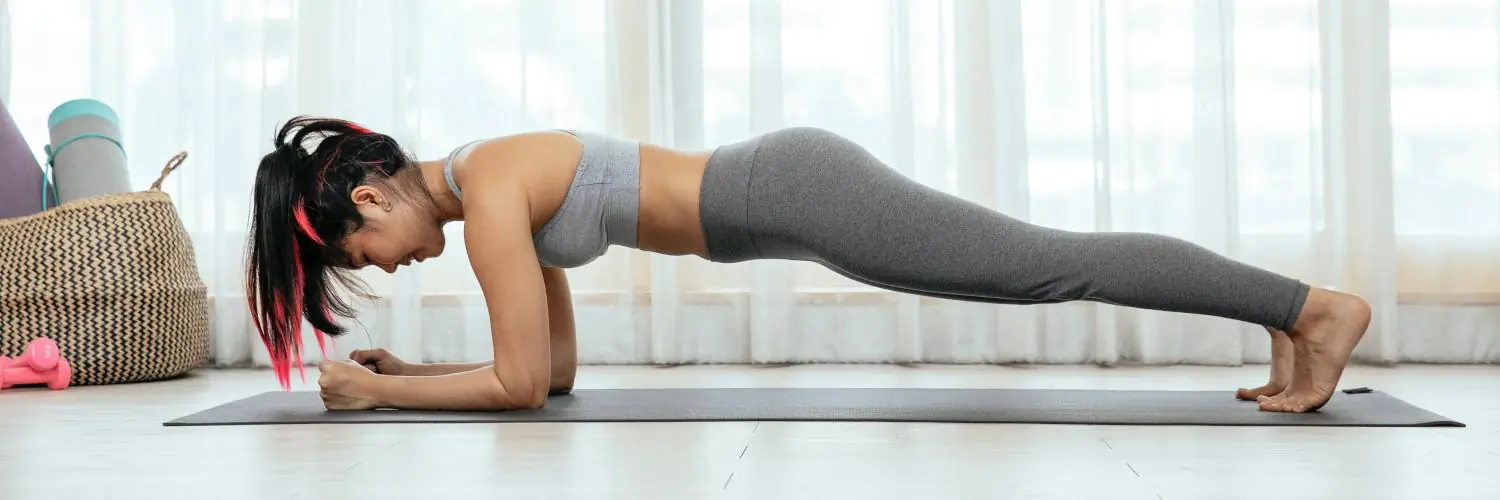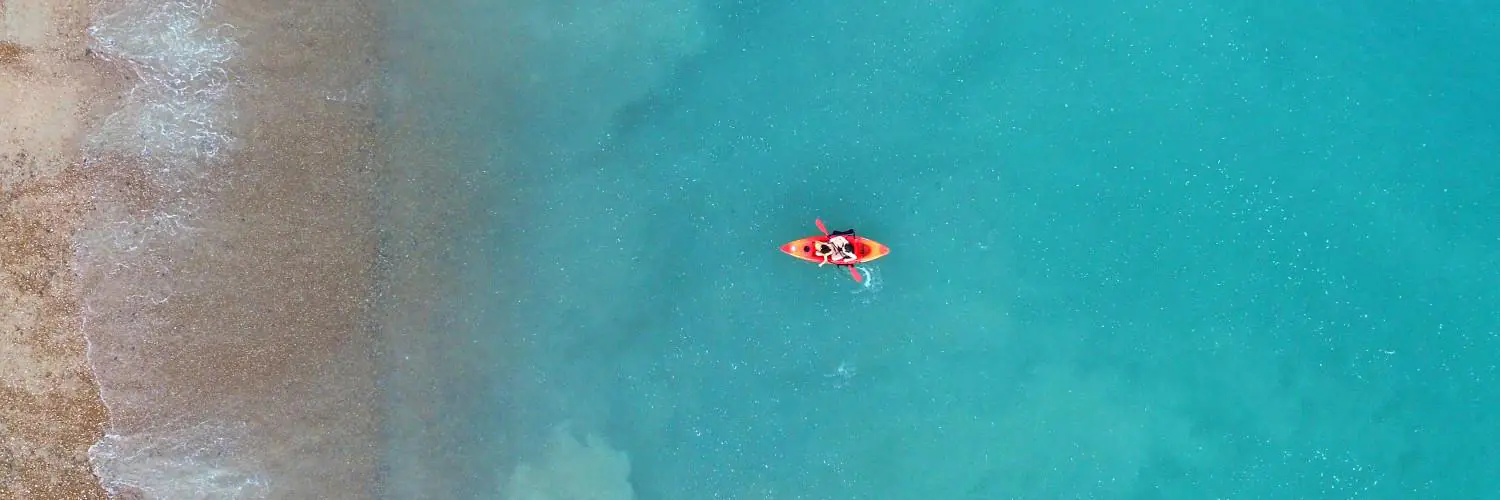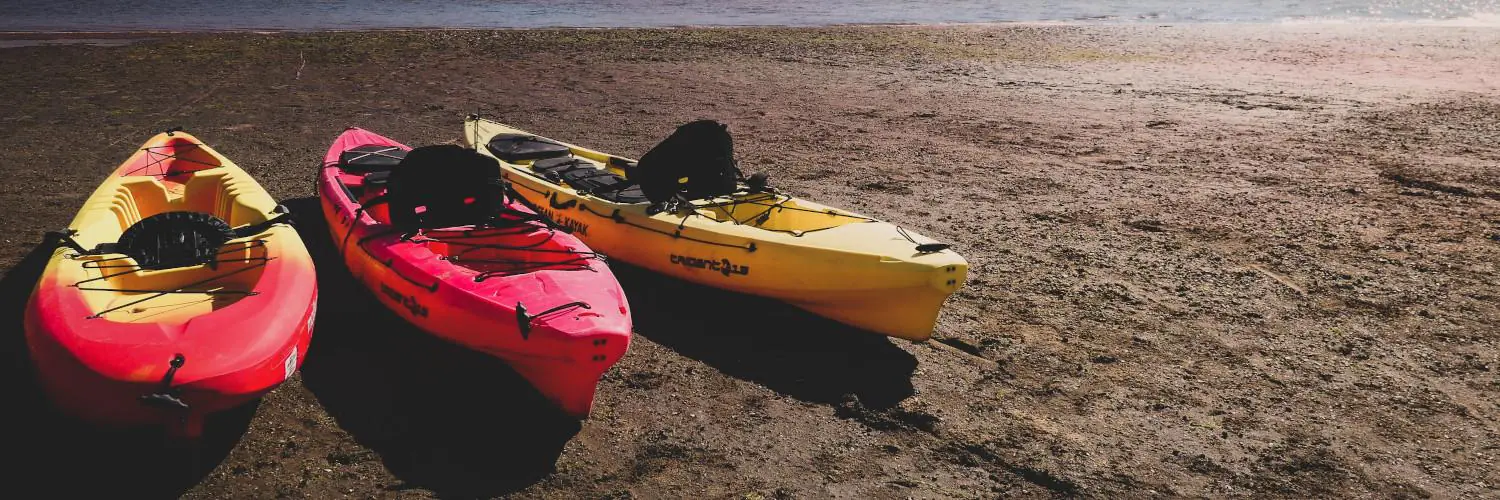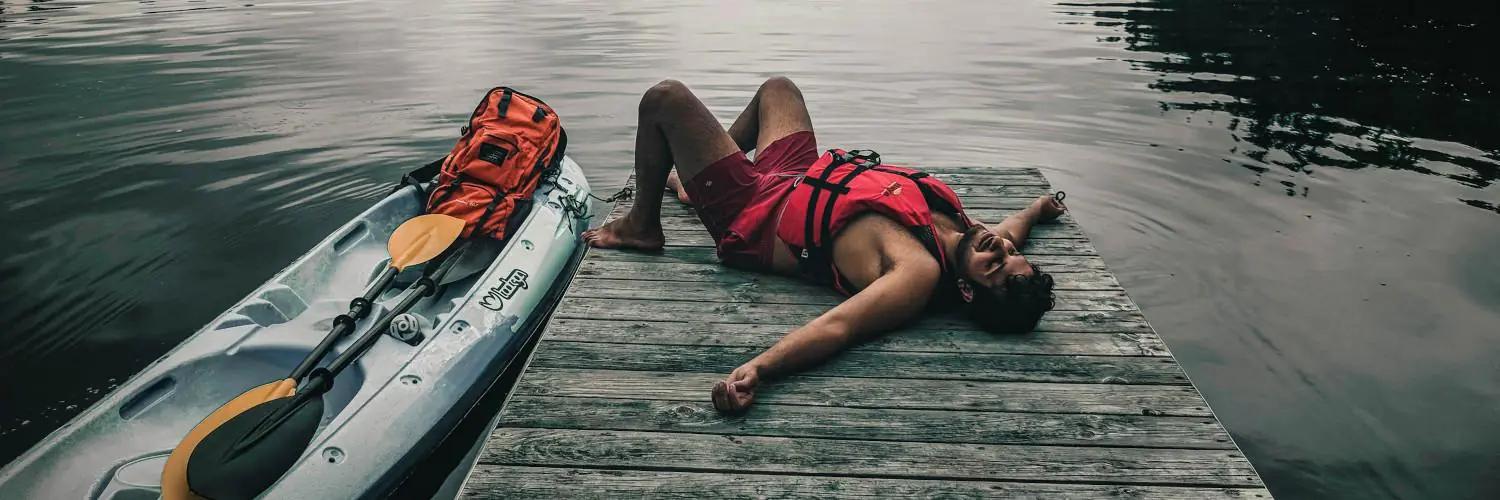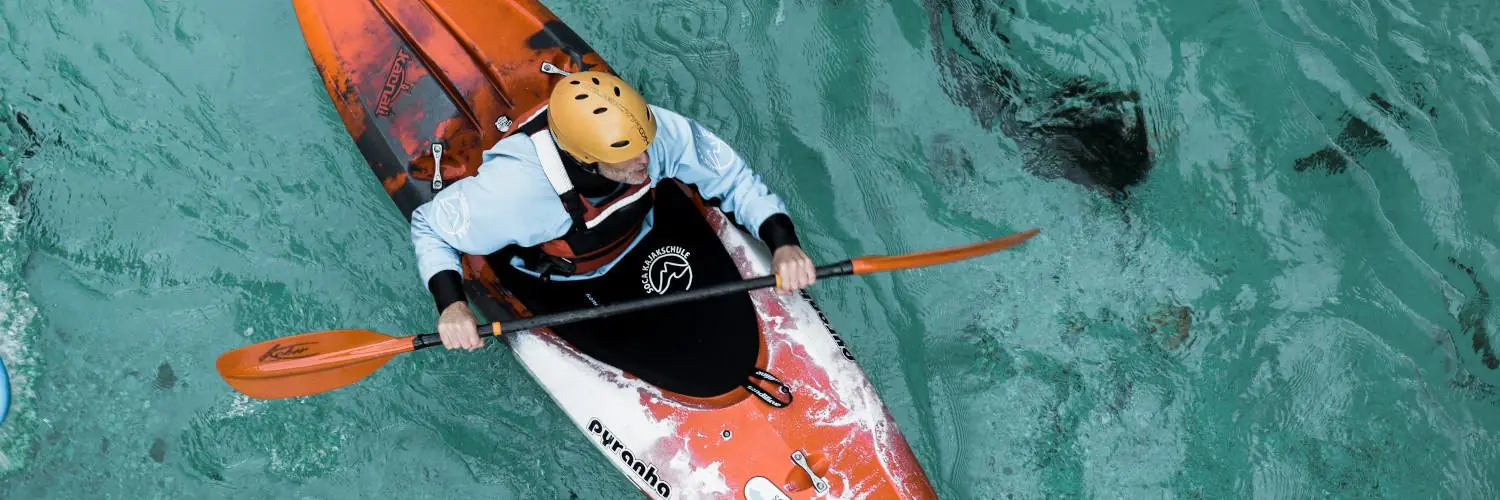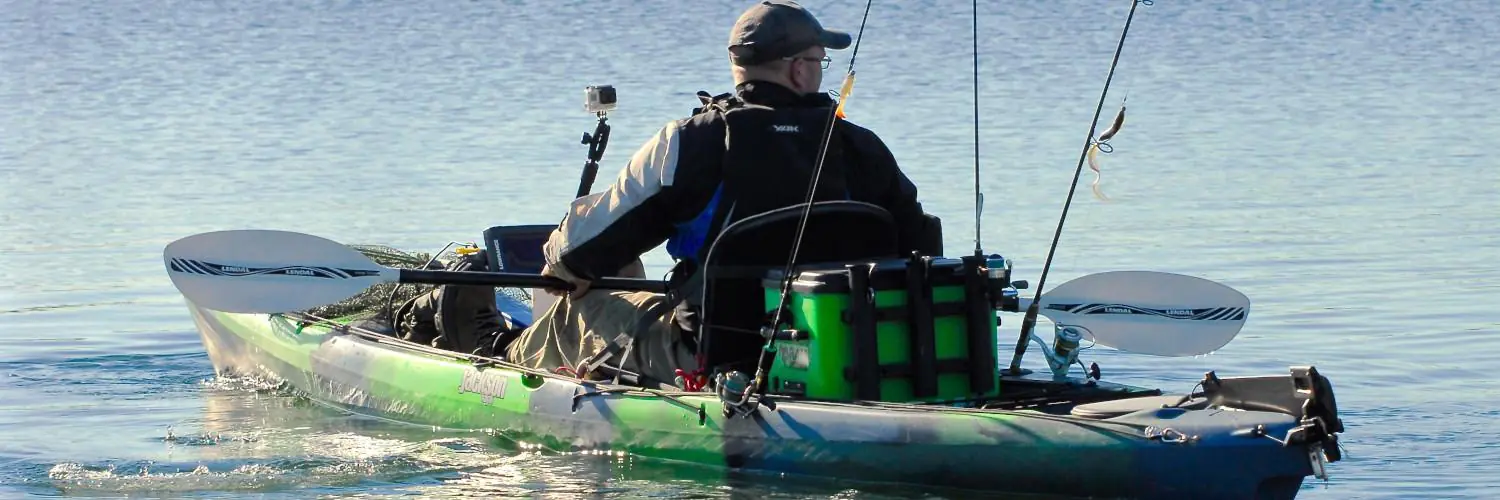Kayak anchors keep your boat steady in water. They come in different types for various conditions. Some work well in rocky areas, while others grip sand or mud better.
A good kayak anchor should be lightweight yet strong enough to hold your boat in place. Most weigh between 1.5 to 3.5 pounds. Folding grapnel anchors are popular because they’re compact and versatile.
Using an anchor can make fishing easier. It lets you focus on catching fish instead of drifting away. But it’s important to learn proper anchoring techniques. This helps avoid tipping your kayak when setting or retrieving the anchor.
Table of Contents
Understanding Kayak Anchors
Kayak anchors come in different types and sizes to suit various paddling needs. The right anchor keeps your kayak stable in different water conditions.
Types of Kayak Anchors
Grapnel anchors are popular for kayaks. They have folding arms that grip the bottom. Mushroom anchors work well in mud and sand. Their wide base gives good hold.
Folding anchors save space. They’re easy to store when not in use. Bruce anchors, also called claw anchors, dig into the bottom. They’re good for rocky areas.
Each type has its strengths. Grapnel anchors are versatile. Mushroom anchors are best for soft bottoms. Folding anchors are compact. Bruce anchors hold well in rough water.
Selecting the Right Anchor for Your Kayak
Pick an anchor based on where you’ll use it. For rivers, a grapnel anchor works well. It can grab onto rocks and logs. In lakes with muddy bottoms, try a mushroom anchor.
Think about storage space too. Folding anchors fit easily in small kayaks. If you fish in different spots, a versatile grapnel anchor might be best.
Consider the anchor’s weight. Heavier anchors hold better but are harder to lift. Lighter anchors are easier to handle but may not hold as well in strong currents.
Anchor Weight and Kayak Size Considerations
Match your anchor’s weight to your kayak’s size. A rule of thumb: use 1 pound of anchor for every 10 feet of kayak length. So, a 10-foot kayak needs about a 1-pound anchor.
But water conditions matter too. In calm water, you can use a lighter anchor. In strong currents or wind, you’ll need a heavier one.
Remember, a too-heavy anchor can be hard to pull up. A too-light one might not hold your kayak in place. Test different weights to find what works best for your kayak and paddling style.
Anchor Trolley Systems Explained
Anchor trolley systems allow kayakers to adjust their anchor position without moving the whole kayak. They provide flexibility for different water conditions and fishing spots.
Components of an Anchor Trolley
An anchor trolley system has several key parts. The main line runs along the side of the kayak. It’s usually made of strong, reflective cord. Pulleys at each end guide the line smoothly.
Pad eyes secure the pulleys to the kayak. A ring or carabiner slides along the line. This is where you attach your anchor rope. Some systems include a locking mechanism to hold the ring in place.
Most kits come with all needed hardware. This includes screws, washers, and backing plates for installation. Some advanced systems have extra features like quick-release clips or specialized line guides.
Installing an Anchor Trolley on Your Kayak
Setting up an anchor trolley takes some planning. First, decide which side of your kayak to install it on. Most people choose the left side for right-handed use.
Mark where you’ll place the pulleys. They typically go near the bow and stern. Drill holes for the pad eyes, using backing plates inside the kayak for strength.
Thread the main line through the pulleys and ring. Tie it off securely at both ends. Test the system by sliding the ring back and forth. Make sure it moves freely along the full length.
Add any extra components like cleats or guides as needed. Always seal drilled holes to keep water out. With proper installation, your anchor trolley will be ready for your next kayaking trip.
Effective Anchoring Techniques
Proper anchoring keeps your kayak steady in various conditions. It lets you fish or relax without drifting away. The key is knowing how to set and remove your anchor safely.
Anchor Deployment and Retrieval
Choose a spot with the right depth and bottom type for your anchor. Face your kayak into the wind or current. Lower the anchor gently over the bow. Let out enough rope – about 7 times the water depth.
Pull on the line to set the anchor. Make sure it grips the bottom. Tie off the line to a cleat or anchor trolley.
To retrieve, paddle towards the anchor while pulling in the line. This helps free it from the bottom. Rinse off mud or weeds before storing.
Use marine-grade rope for your anchor line. It resists wear from rocks and salt water. A quick-release system lets you cut free fast in an emergency.
Dealing with Wind and Currents
Strong winds or currents can make anchoring tricky. Drop two anchors in a V-shape for more stability. This works well in open water.
In rivers, use the “downstream V” method. Set one anchor upstream, then drift back and set a second one. This keeps your kayak from swinging side to side.
Watch for changing conditions. Be ready to adjust your position or pull up anchor if needed. Don’t anchor in spots with heavy boat traffic or near obstacles.
Use an anchor trolley system for flexibility. It lets you move your anchor point along the side of your kayak. This helps you face different directions without re-anchoring.
Kayak Fishing Anchoring Essentials
Anchoring your fishing kayak properly keeps you in prime spots and lets you focus on catching fish. The right gear and setup can make a big difference in your kayak fishing success.
Anchors Specific to Fishing Kayaks
Fishing kayaks need specialized anchors to stay put in different conditions. Folding grapnel anchors work well in rocky areas. They’re compact and easy to store. Drift anchors or drift chutes slow your kayak’s movement in wind or currents. This helps when you want to cover more area while fishing.
Stake-out poles are great for shallow water. Just push them into the bottom to hold your position. Drag chains offer another option for shallow areas. They provide just enough grip without getting stuck.
For deeper water, powered anchoring systems give you push-button control. These motorized units make it easy to drop and retrieve your anchor quickly.
Customizing Your Anchoring Setup for Fishing
A kayak anchor trolley lets you adjust your anchor position without moving. This helps you face different directions as needed. Mount rod holders and gear tracks strategically around your kayak for easy access to fishing gear.
Choose anchor line that’s strong but doesn’t take up too much space. Bright colors make it easier to see. A quick-release system lets you detach your anchor fast if needed.
Add cleats or cam cleats to secure your anchor line. This keeps it from slipping while you fish. A dedicated anchor storage area keeps things tidy and prevents tangles with other gear.
Maintaining Your Kayak Anchor System
Taking care of your kayak anchor system is key to keeping it working well. Regular upkeep helps your anchor last longer and work better when you need it most.
Routine Maintenance Checks
Check your anchor system before each trip. Look for signs of wear on the rope and anchor. Clean off mud, sand, and plants after use. Rinse with fresh water to remove salt. Dry the anchor and rope before storing.
Inspect the anchor for rust or damage. Apply a thin coat of oil to metal parts to stop rust. Check that knots and connections are tight. Replace frayed or weak rope right away.
Store the anchor in a dry place away from sun. Coil the rope neatly to avoid tangles. Check the anchor’s weight to make sure it hasn’t lost material.
Troubleshooting Common Anchor Issues
If the anchor won’t hold, it may be too light for the conditions. Try a heavier anchor or a different type. Grapnel anchors work well in rocky areas. Mushroom anchors are good for mud or sand.
A stakeout pole can be useful in shallow water. Make sure it’s pushed deep into the bottom. If the anchor drags, let out more rope. The rope should be at least 7 times the water depth.
For a rope that keeps tangling, switch to a stiffer material like polyester clothesline. If the anchor gets stuck, try pulling from different angles. As a last resort, cut the rope and get a new anchor.

